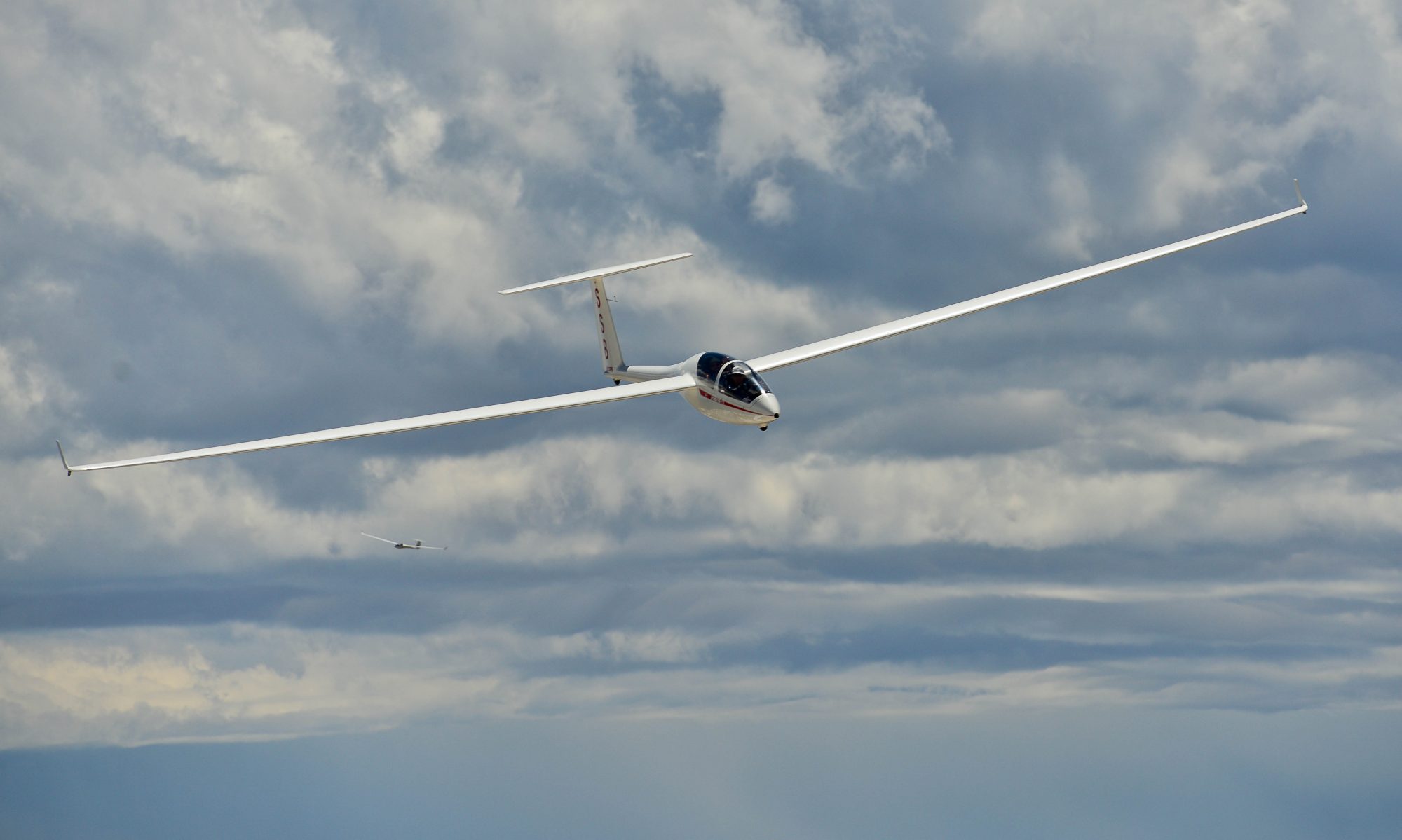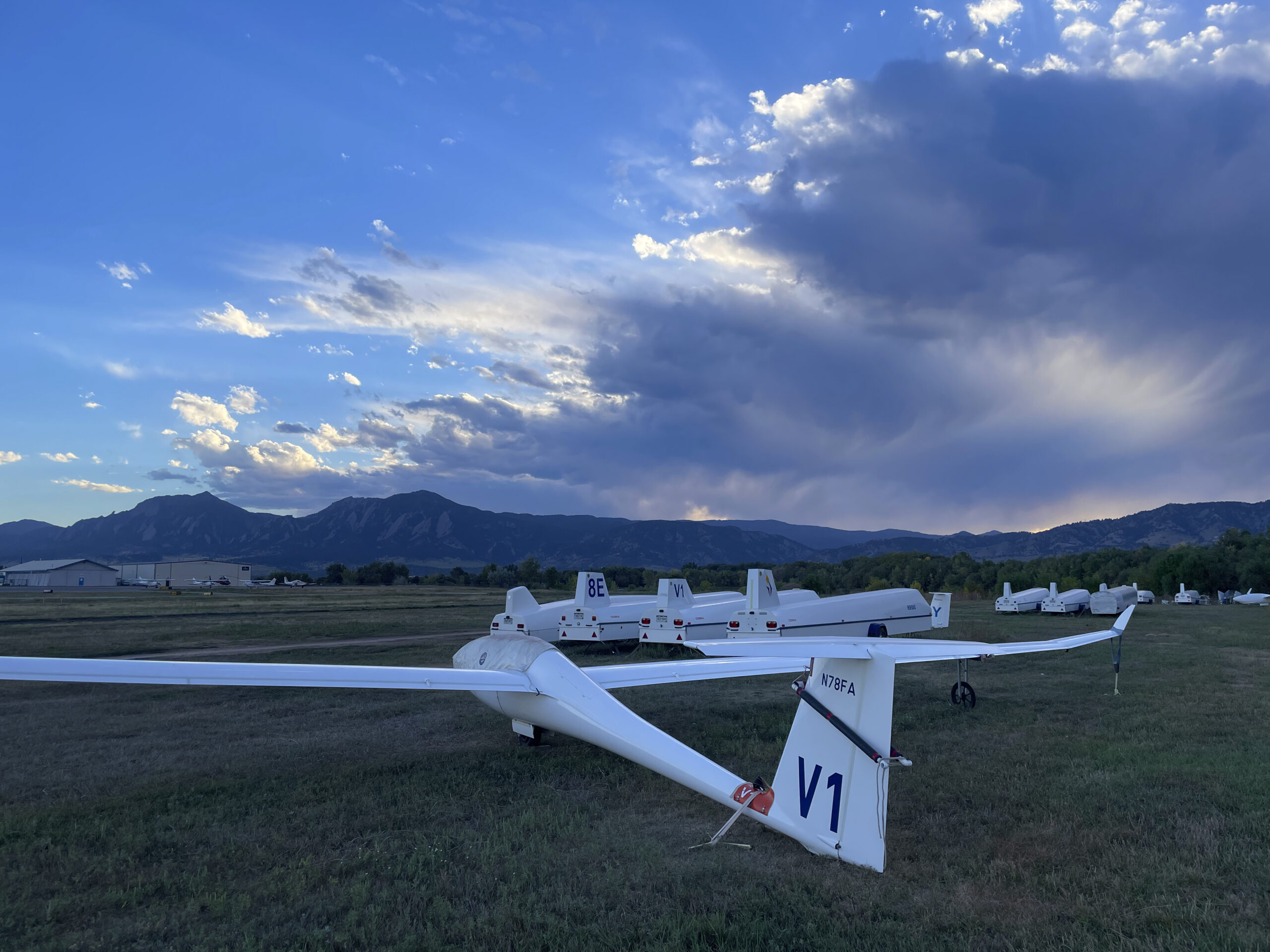
Excellence
One of the best handling 18m gliders ever built, this glider is delightful to fly and a top performer. It has had three careful owners and has been well maintained. It has completed many long and even record-breaking XC flights. It only ever landed at airports and was never damaged. Its PU (polyurethane) paint finish shows no signs of cracking or crazing and lasts much monger than gel coat.
- Built in 2007
- Serial Number 202
- 1345 hours on the airframe
- Solo sustainer engine with 11 hours total engine run time
- Most recent annual inspection completed 3/6/2024
- Long-lasting polyurethane paint finish
- Best L/D 50:1
- FAA Registration: N78FA
- Contest ID: V1
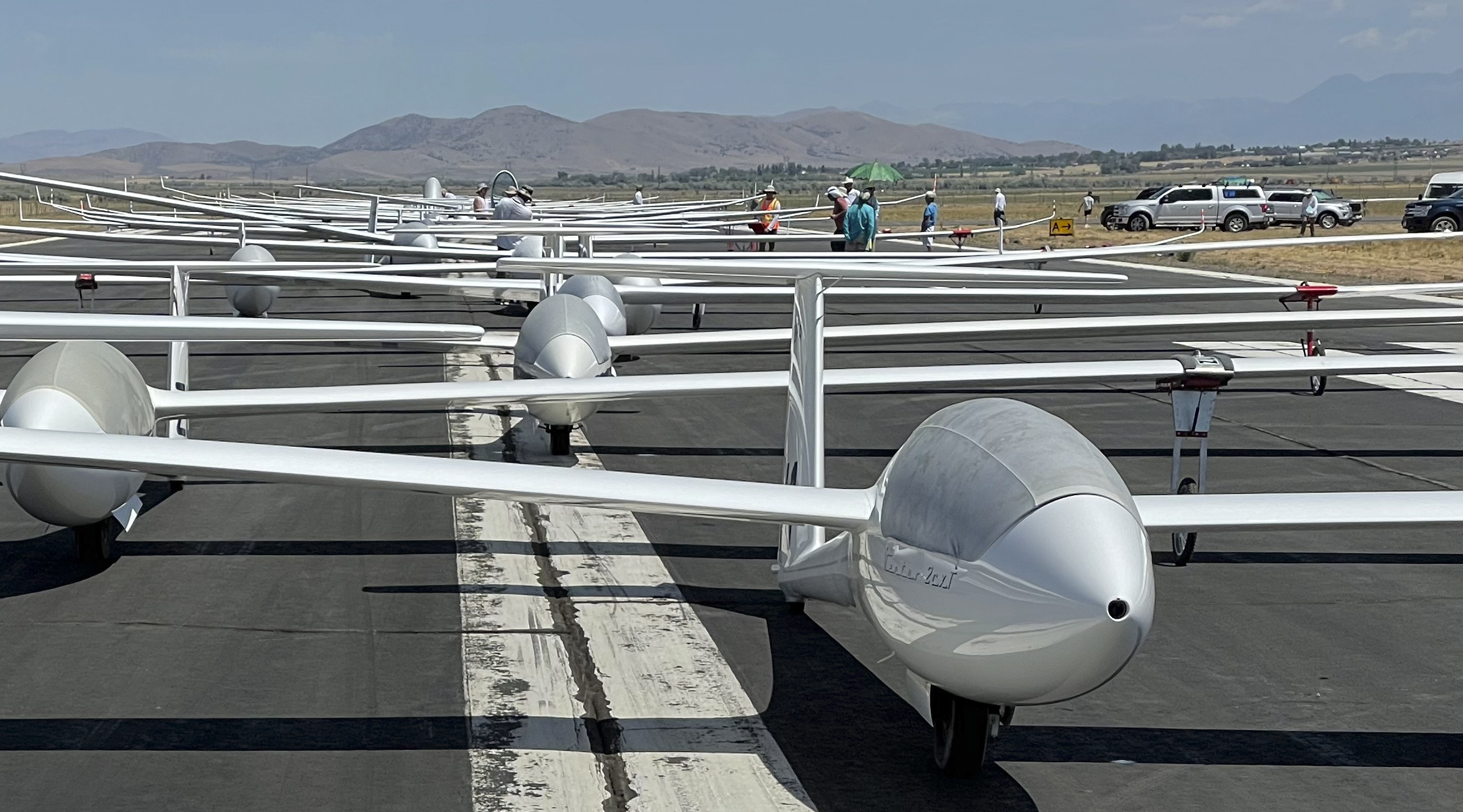
Outstanding Performance
This glider has been flown successfully in National and Regional competitions and holds multiple Colorado Open Class State Records including the first (and so far only) pre-declared 1000 km FAI triangle flight in Colorado. If offers 98% of the performance of the current generation of top 18m gliders for less than half the investment.
The “x” version is a major improvement compared to prior versions of the Ventus 2 a/b, further advancing one of the most successful competition gliders ever built. The “x” includes many key upgrades compared to the prior Ventus 2 models and continues to be flown successfully in National and even World Competitions. (A Ventus 2 ax achieved third place at the 2024 World Championships in Naromine, Australia). Key features of the “cx” version include:
- Maximum take-off mass of 1323 lbs (600 kg) – on par with the latest 18m competition gliders such as Ventus 3, JS3, and AS 33.
- Reduced sink rate at (high) cruising speeds
- Higher average task speeds
- Advanced airfoil with thin profile, polyhedral design, and Maughmer winglets
- Improved climb performance in slow flight (thermalling)
- Improved high speed performance (less induced drag)
- Differential aileron control for finer control harmony and greater maneuverability
- Reinforced safety cockpit with full energy absorption; “b” size cockpit offers enough space for taller and/or larger pilots without feeling “loose” for those less large
- Improved tail unit
- Reduced flutter risk
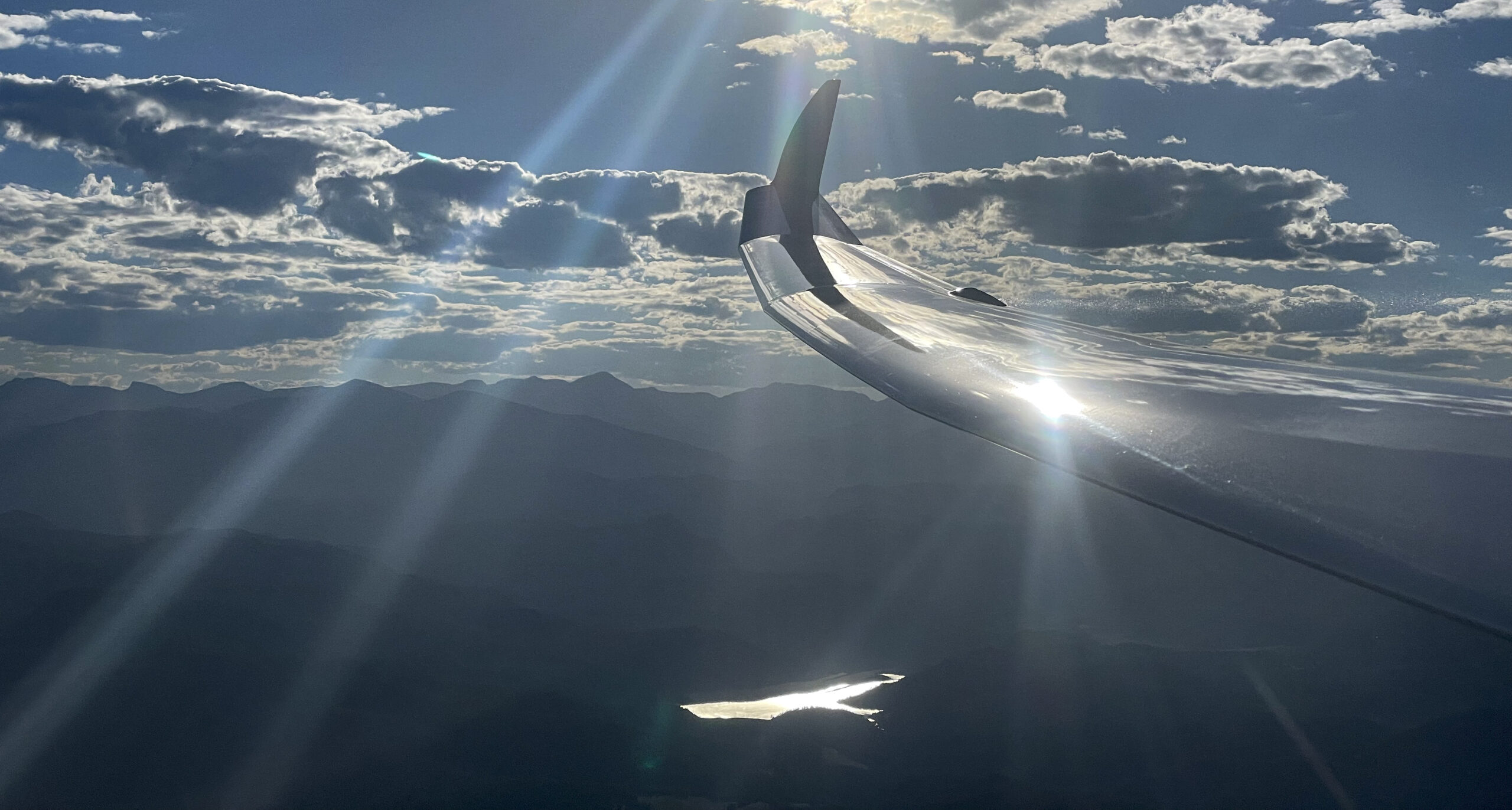
Pure Enjoyment
The Ventus 2 is known to be one of the best handling high performance gliders ever built. It is easy and forgiving to fly and well-suited for pilots who are transitioning to high-performance gliders. It also leaves nothing to be desired for experienced XC pilots looking for exceptional performance.
- The controls for flaps and trim are integrated making them incredibly easy to use: the left hand automatically rests on the flap handle; controlling the flaps is as intuitive as controlling the trim in a non-flapped glider. (This is an ingenious system and makes the Ventus 2 ideally suited as a first “flapped” glider.)
- Easily recognizable and forgiving stall characteristics, even with full water ballast.
- Failure-proof one-knob water ballast dump system.
- Large 5×5 wheel with effective hydraulic disc wheel break and actuation on the stick.
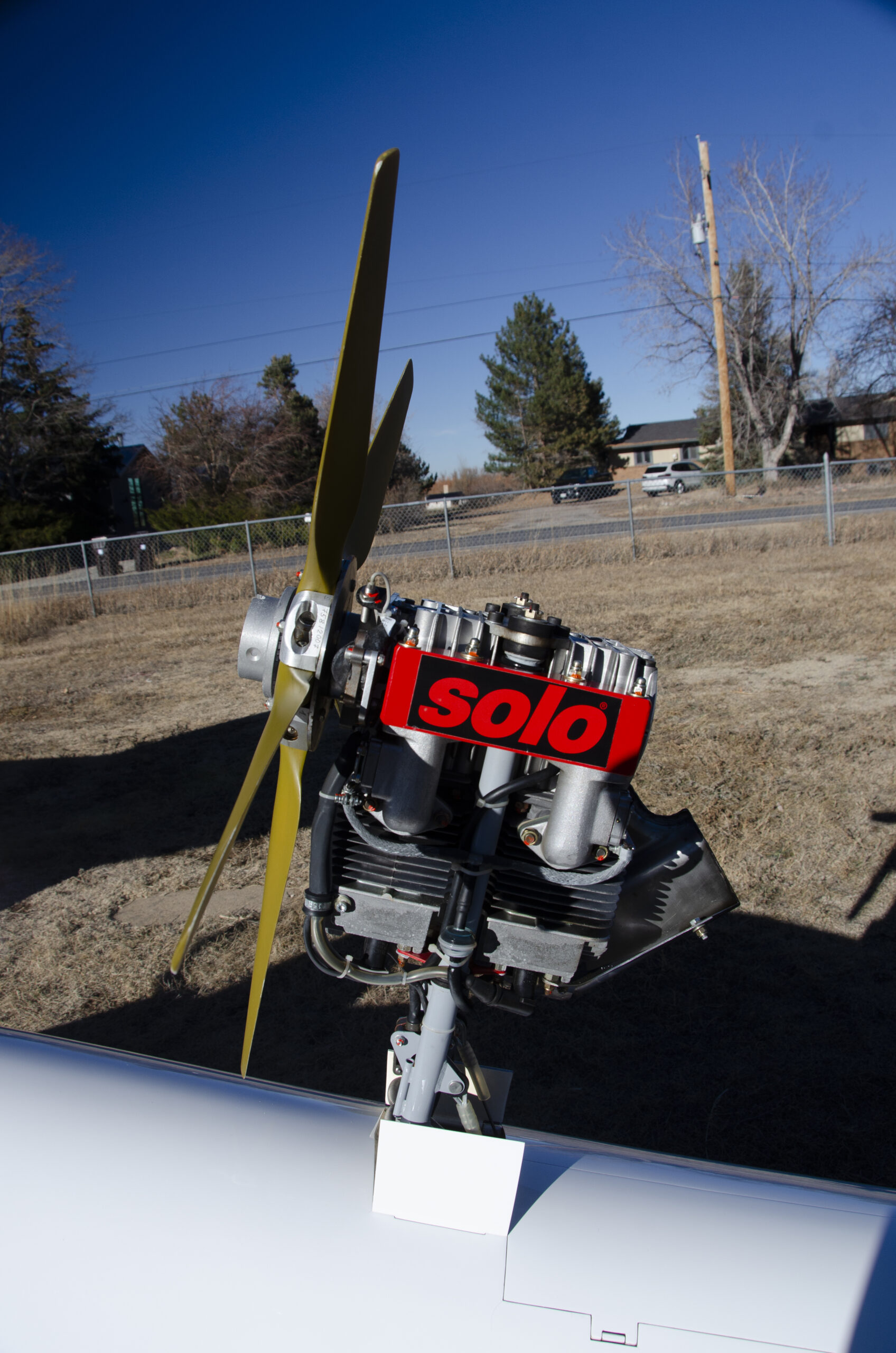
No Landouts
The “T” in Ventus 2 cxT stands for its easy-to-operate “Turbo” sustainer engine (not approved for self-launch). The glider performs so well that the engine is rarely needed. But having it may give you the confidence to attempt a record-breaking XC flight rather than staying close to home.
- Long-proven Solo 2350 sustainer engine, Serial Number 860, manufactured 2007
- 13 liter (4.3 gallon) fuel tank in the fuselage behind the seat
- Simple and easy to use with ILEC control unit
- Maximum range 400 km using saw-tooth method (at sea level in standard atmospheric conditions)
- Total run time only 11 hours
- Convertible into future self-launcher: glider can be converted into an electric self-launcher if so desired at any point in the future
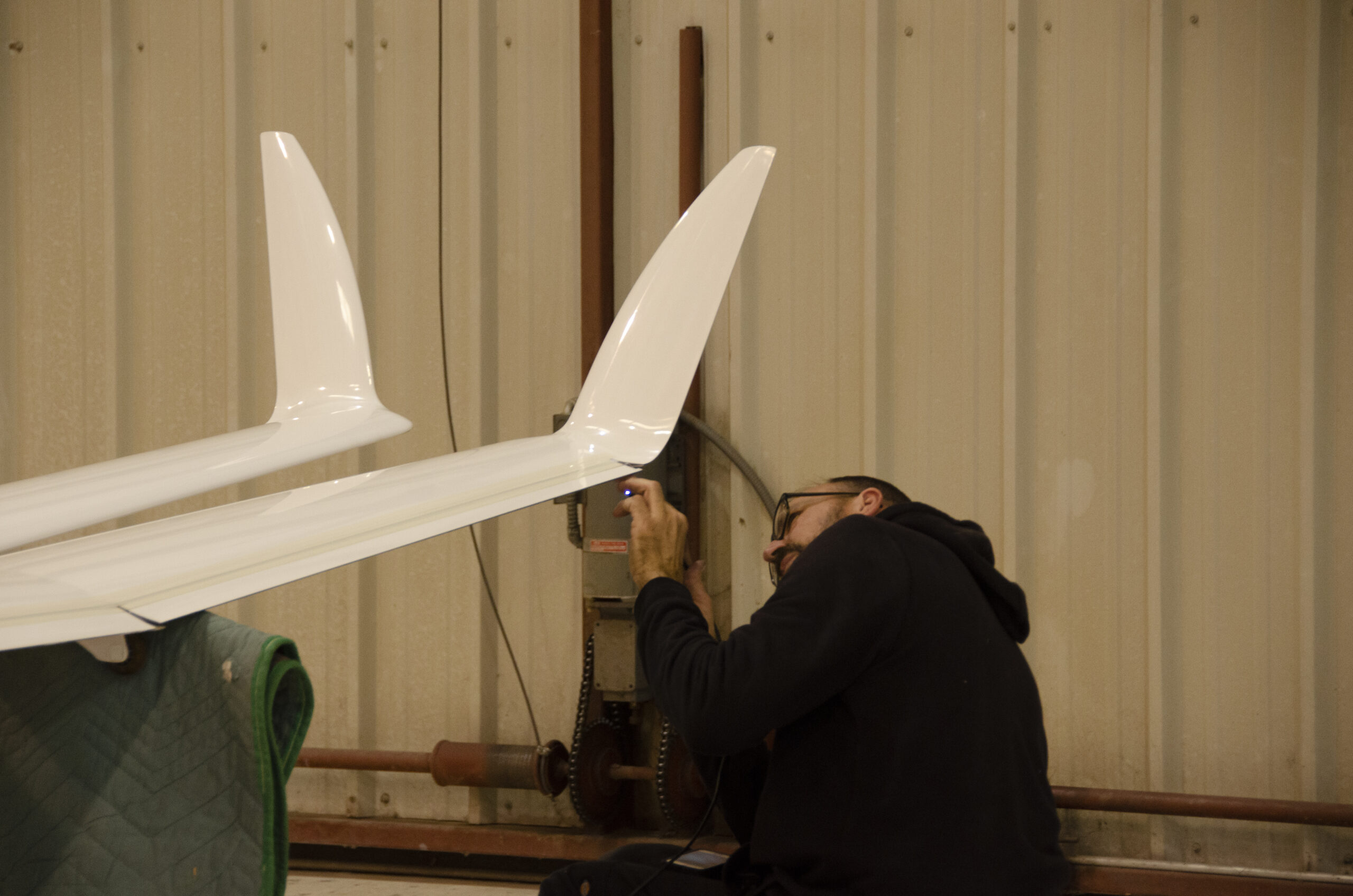
Well Maintained
N78FA, “V1”, has been well maintained.
- All ADs have been complied with.
- The original log books (for glider and engine) are available and up to date
- The original manuals (flight manual and maintenance manual) are available and included
- The glider has been flown extensively over the past four years (approx. 200 hours per year); prior to that it was flown regularly with no extended downtime.
- The PU paint surface has been fully waxed at least annually and treated after each flight with spray-on wax and microfiber towels.
- The canopy has been regularly cleaned with a special plexiglas cleaner and extra soft microfiber towels.
- The tail wheel has been filled with foam which means no air leaks are possible.
Seventeen years is still a young age for a glider, especially one with polyurethane paint finish. If you look carefully you will of course notice some signs of active use. These include:
- The PU paint finish is in excellent condition except for a few minor imperfections which have no impact on performance or structural qualities.
- Thin hairline cracks in the paint at the corners of the engine bay doors on top of the fuselage as well as one tiny “nick” along the engine bay edge. These imperfections are very typical for gliders with extendable engines and have no impact on performance or structure.
- Some minor evidence of “hangar-rash” including one small ~1/4 inch paint chip on the leading edge of one of the outboard wing panels and one spot of minor scratching on the paint surface of one of the outboard wing panels.
- Small scratches on the paint surface of the underside of the fuselage.
- At the bottom of the engine bay (on the inside) there is some evidence of mineral deposits from water condensation. This is purely cosmetic, only visible when the engine is extended, and has no impact on structure or performance.
- There are some minor rust spots visible on the exterior of the engine. The engine has only seen very light use (11 hours of total runtime).
- The canopy is in very good condition for its age and use.
- The paint finish inside the cockpit interior shows some signs of wear consistent with the age and level of use.
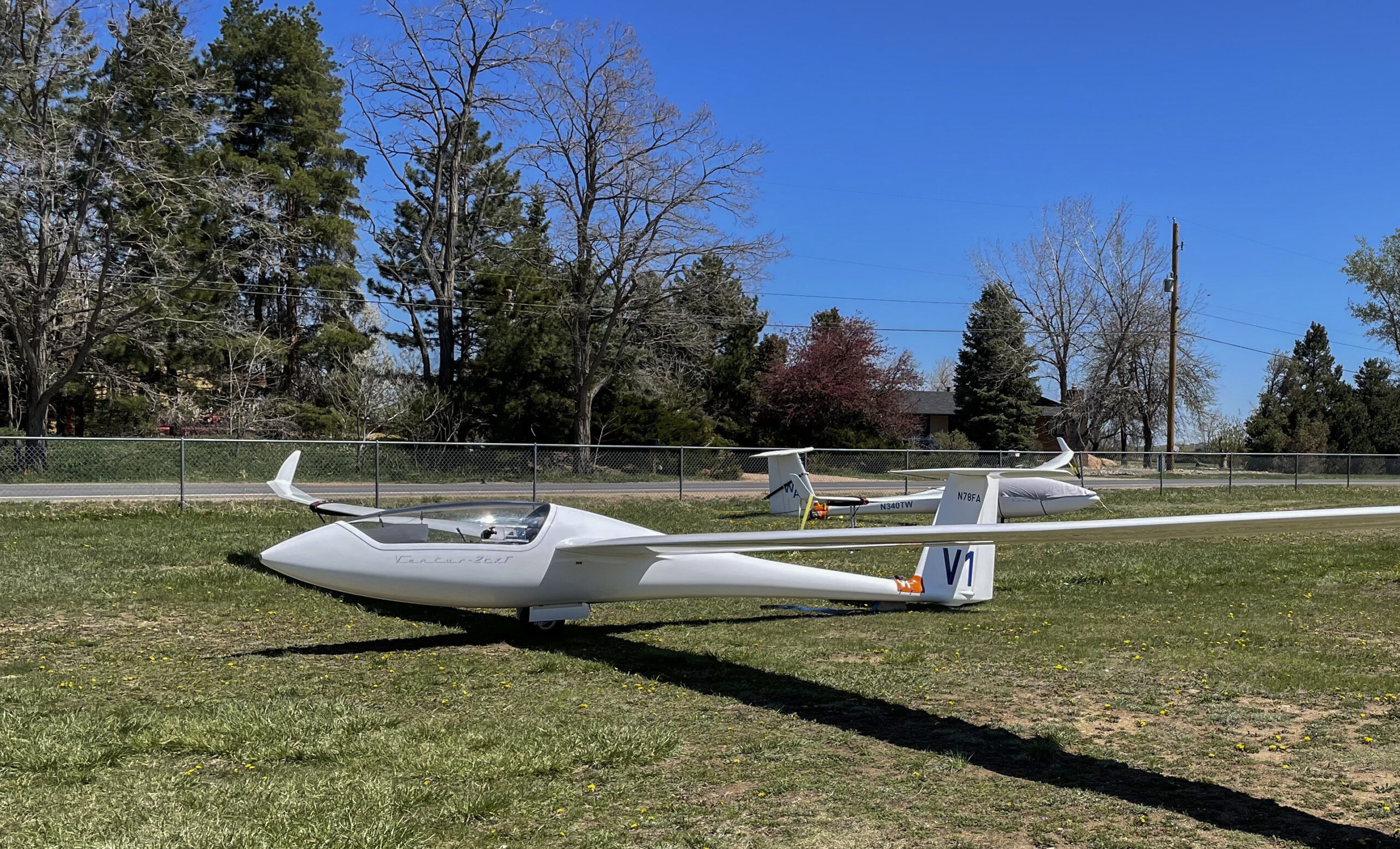
Well Equipped
Equipment List
- Tilt up panel
- Buckle and harness
- Adjustable seat back
- Seat pad
- TOST nose hook
- Radio speaker behind the head rest
- Push to talk on the stick
- Pitot extension
- Long TE probe
- Landing gear with suspension and hydraulic disc break
- Accentuation of disc break on the stick
- Battery mount for engine battery (below instrument panel)
- Battery mounts for avionic batteries behind the seat
- Lead-Acid engine battery
- Two long-lasting LiPo avionic batteries
- All batteries are very easy to remove
- Battery chargers for all batteries
- Boom mike
- Vario speaker below the seat
- Canopy cover (new)
- Oxygen mount
- Oxygen tank
- Mountain High Oxygen system
- Gas canister
- Refueling equipment
- All log books, manuals, and factory documentation
Instrumentation / Avionics
- Vario – LXNAV S10 – State of the Art Flight Computer with all upgrades (HAWK Wind; artificial horizon) – new in 2022; includes wiring to optionally connect with a larger Oudie moving map display (Oudie 2 or Oudie IGC).
- Airspeed Indicator – Winter
- Altimeter – Winter
- Radio – Dittel FSG 2T Aviation Transceiver
- Transponder – Becker ATC 4401-01 ATC Transponder (Mode C)
- FLARM – PowerFLARM Fusion (new in 2021)
- FLARM Traffic Display – LXNAV FlarmView 57
- ELT – ACK Technologies Model E-01 ELT
- Oxygen System – Mountain High EDS O2D1
- ILEC control unit for sustainer engine
- Compass
- External air temperature indicator
Ground handling equipment included
- Tail dolly
- Wing dolly
- 2 wing stands
- Extendable tow-out bar
Special updates and upgrades
- Contest ID “V1” on tail and wing
- Contest ID is registered with the SSA and may be transferred to the buyer if so desired
- Tail wheel foamed (no leaks)
- New Fusion FLARM with two antennas
- External transponder antenna below fuselage
- Pilot relief system with external tubing (always ready to use, no gear lowering required)
Equipment that is not included with the package
- Parachute (I am keeping mine)
- Oudie IGC flight computer (optionally available for $500; purchased new in 2021 for $1100)
- Electric one-man rigger (I am keeping mine)
- Equipment for filling glider with water ballast (water tank, garden hose, pump, water meter)
